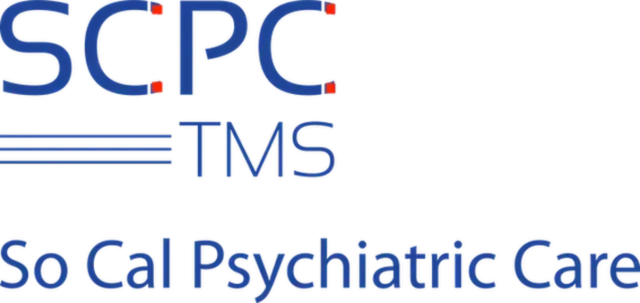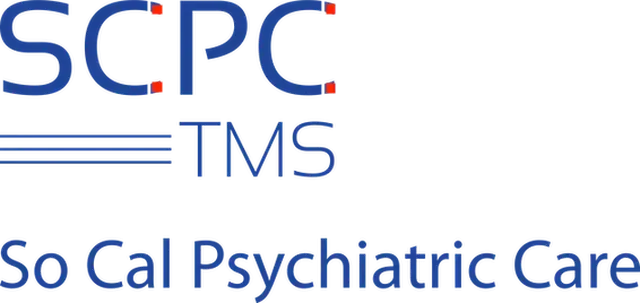Transcranial Magnetic Stimulation
How TMS Works
TMS uses intense magnetic energy pulses to activate electrical currents in brain cells, treating a variety of conditions.
It's not you, it's the brain.
Depression is caused by a lack of sufficient activity in the left dorsolateral prefrontal cortex, essentially the front left part of your brain. TMS works to target that affected area of the brain through magnetic pulses to regulate mood, improve cognition, and selective attention.
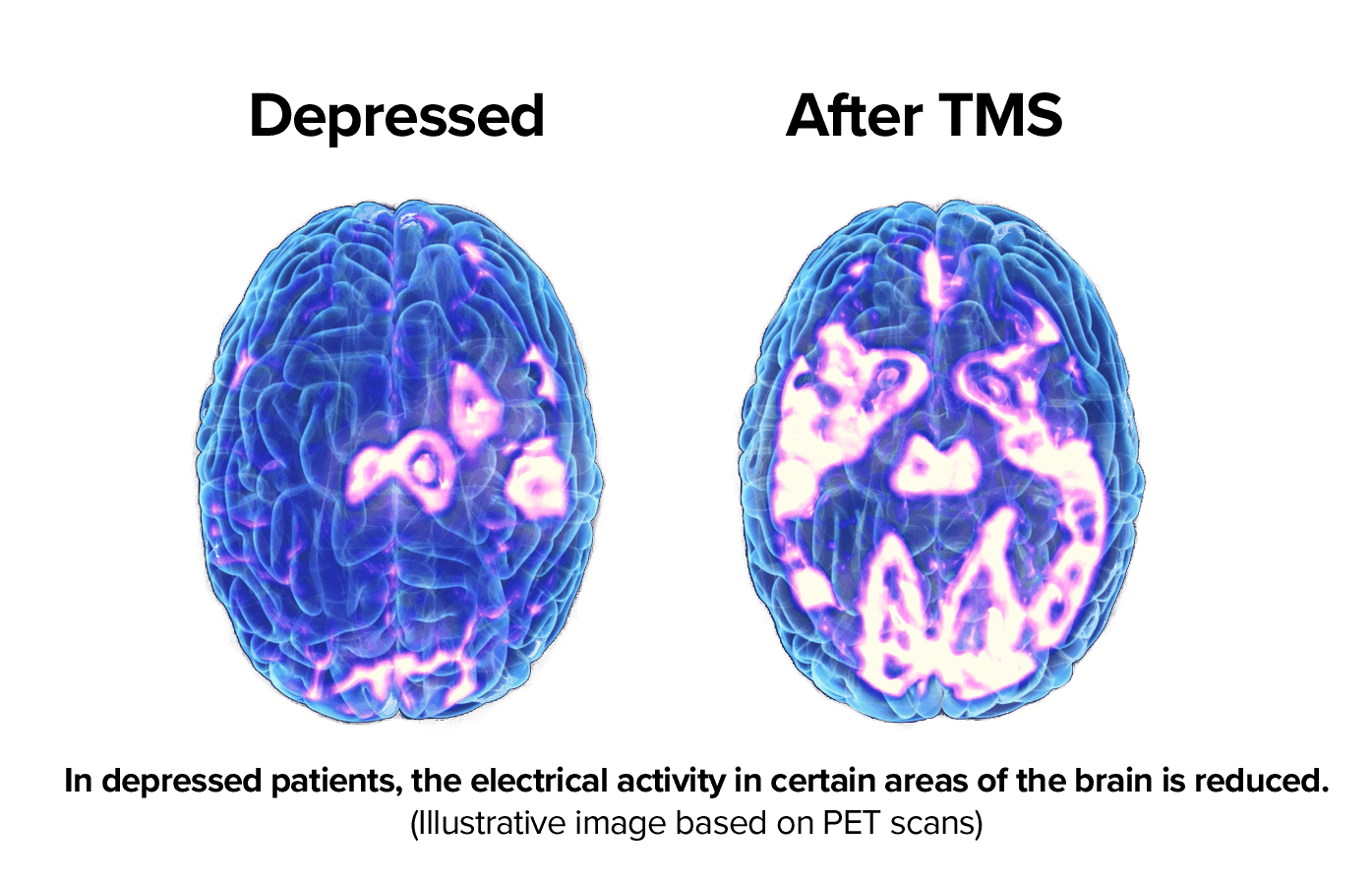
Transcranial Magnetic Stimulation is a cutting edge, non-invasive treatment that activates areas of the brain to improve function, benefiting mood and thinking. It can help treat mental health conditions when other methods aren't able to provide you with relief. Experienced psychiatrist Sanjoy Sathpathy, MD, and his team at So Cal Psychiatric Care in San Diego, California, specialize in using TMS to help patients with conditions like treatment-resistant depression.
The Proof is in the Numbers
Success Rate
80%
Up to 80 percent of patients who complete a full course of TMS show a clinically meaningful response
Remission Rate
50%
About 50 percent of patients experience complete remission of their depression, meaning their symptoms went away.
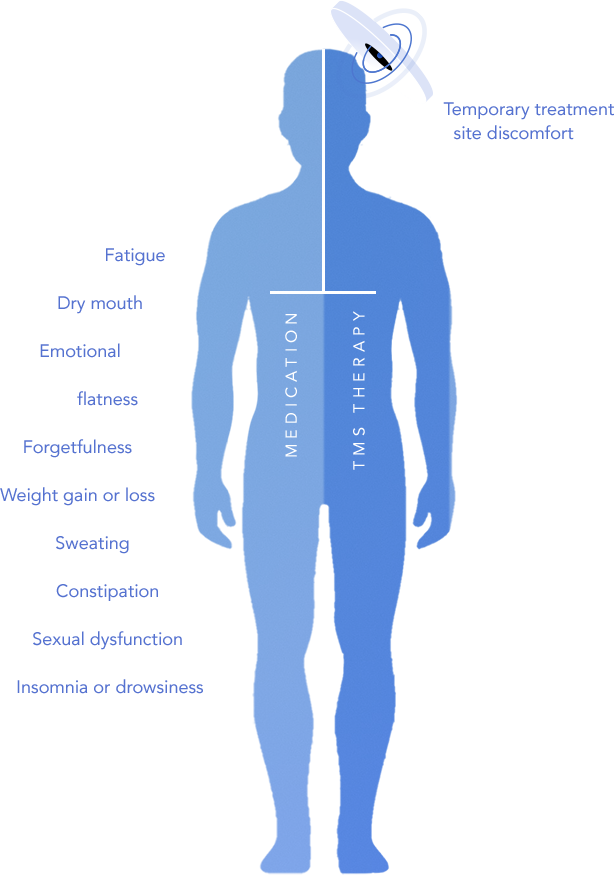
Minimal Side Effects
TMS is a well-tolerated treatment with virtually no side effects commonly associated with medication.
Why? TMS targets depression at the source. Medications taken orally typically have to pass through the blood-brain barrier, leading to side effects like gastrointestinal problems, insomnia, or weight gain.
The only side effect to expect during your course is slight discomfort at the treatment site and in rare cases, headache. This is typically resolved after the first few treatments as your brain acclimates to the pressure.
Why Try TMS?
Easy Treatment
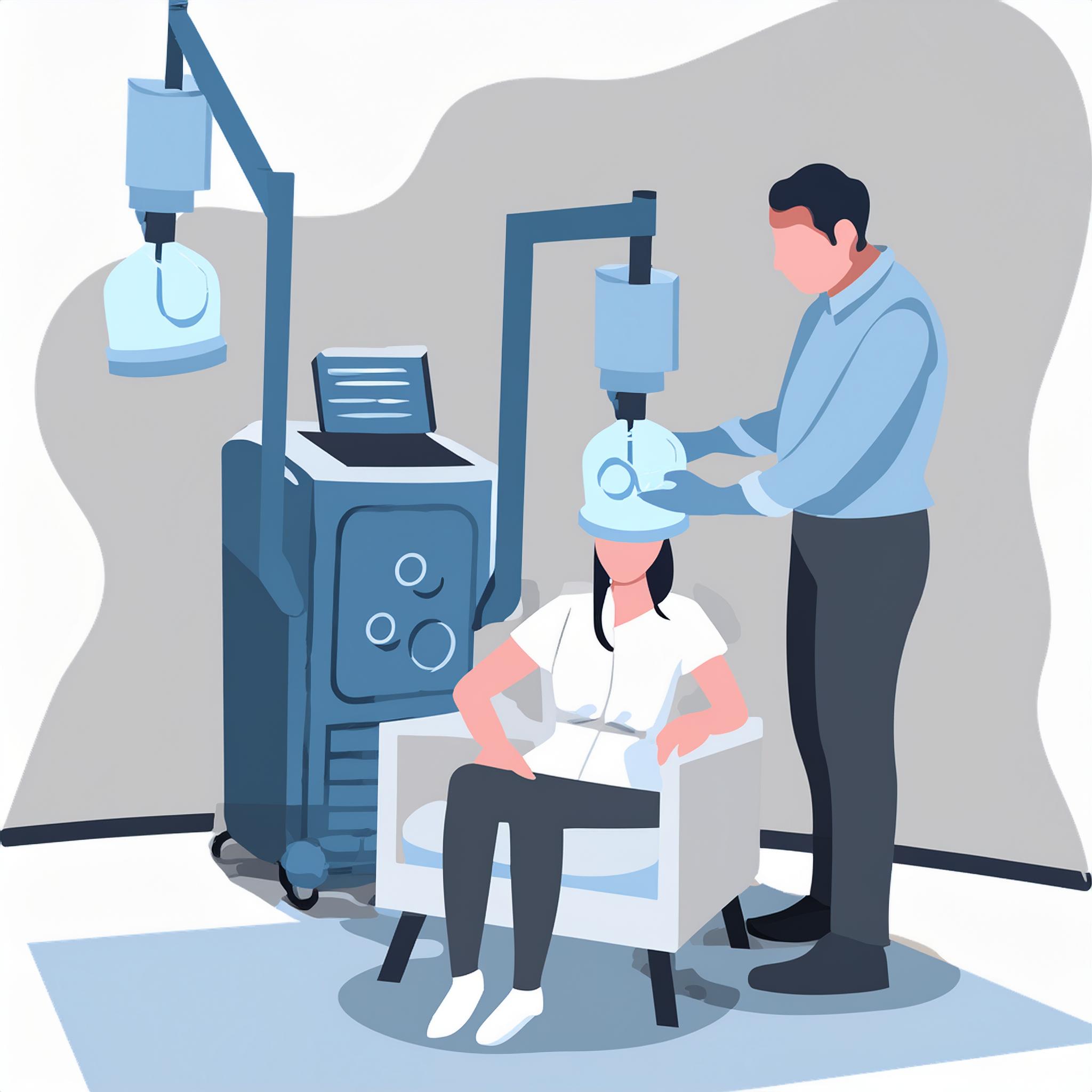
The patient is comfortably seated in a chair, and a coil is placed over the head generates brief magnetic fields.
Fits in Your Schedule
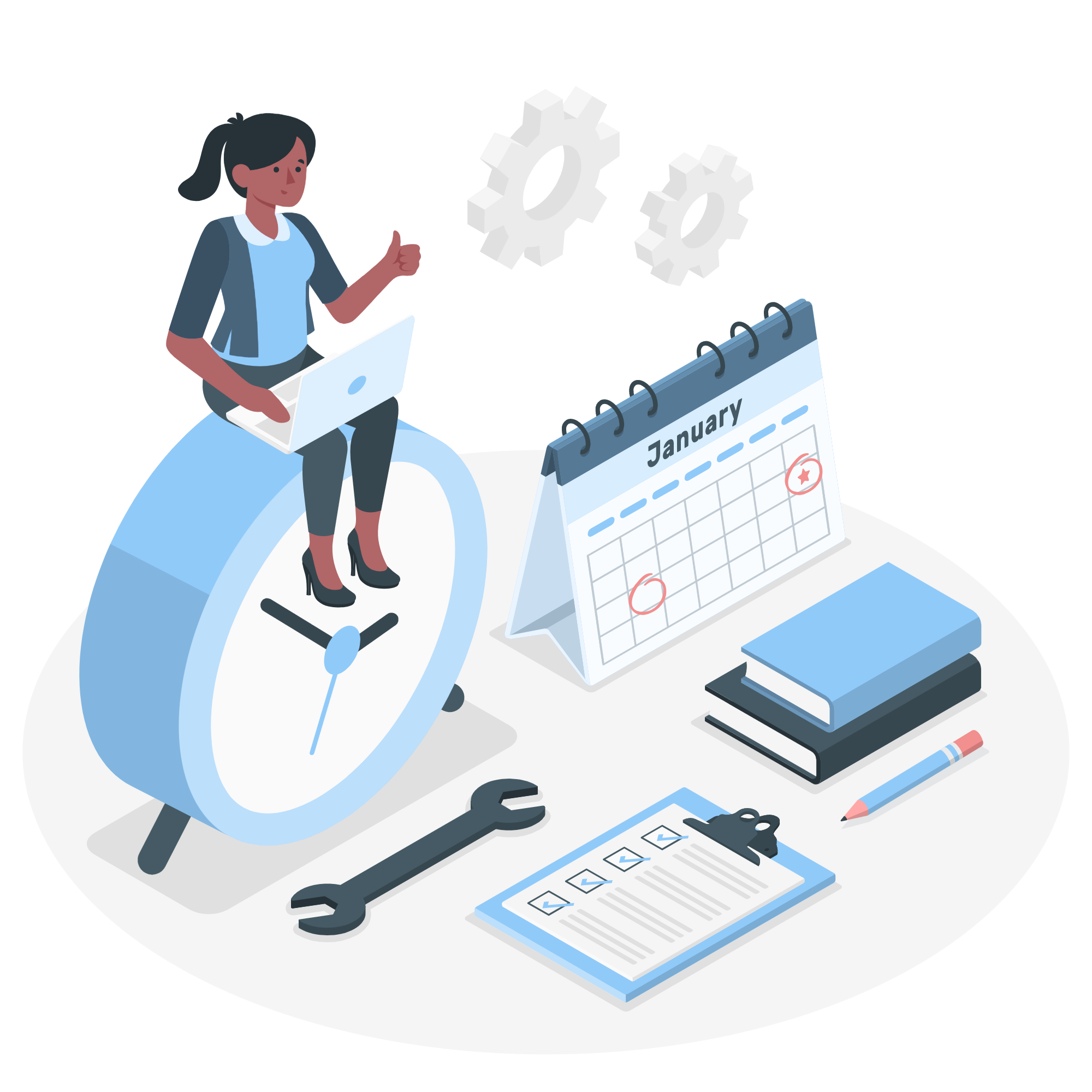
Sessions are about 20 minutes and you can drive to and from appointments. The full course covered by insurance usually takes about 6-8 weeks to complete.
Covered by Insurance

All major payers cover TMS treatment for Depression. If you've tried multiple antidepressants and therapy, there's a good chance your insurance covers it.
Our very own patient was kind enough to share her mental health journey and experience with TMS Treatment at So Cal Psychiatric Care.
"If you have already tried everything else, you only have everything to gain from trying TMS"
- Dominika
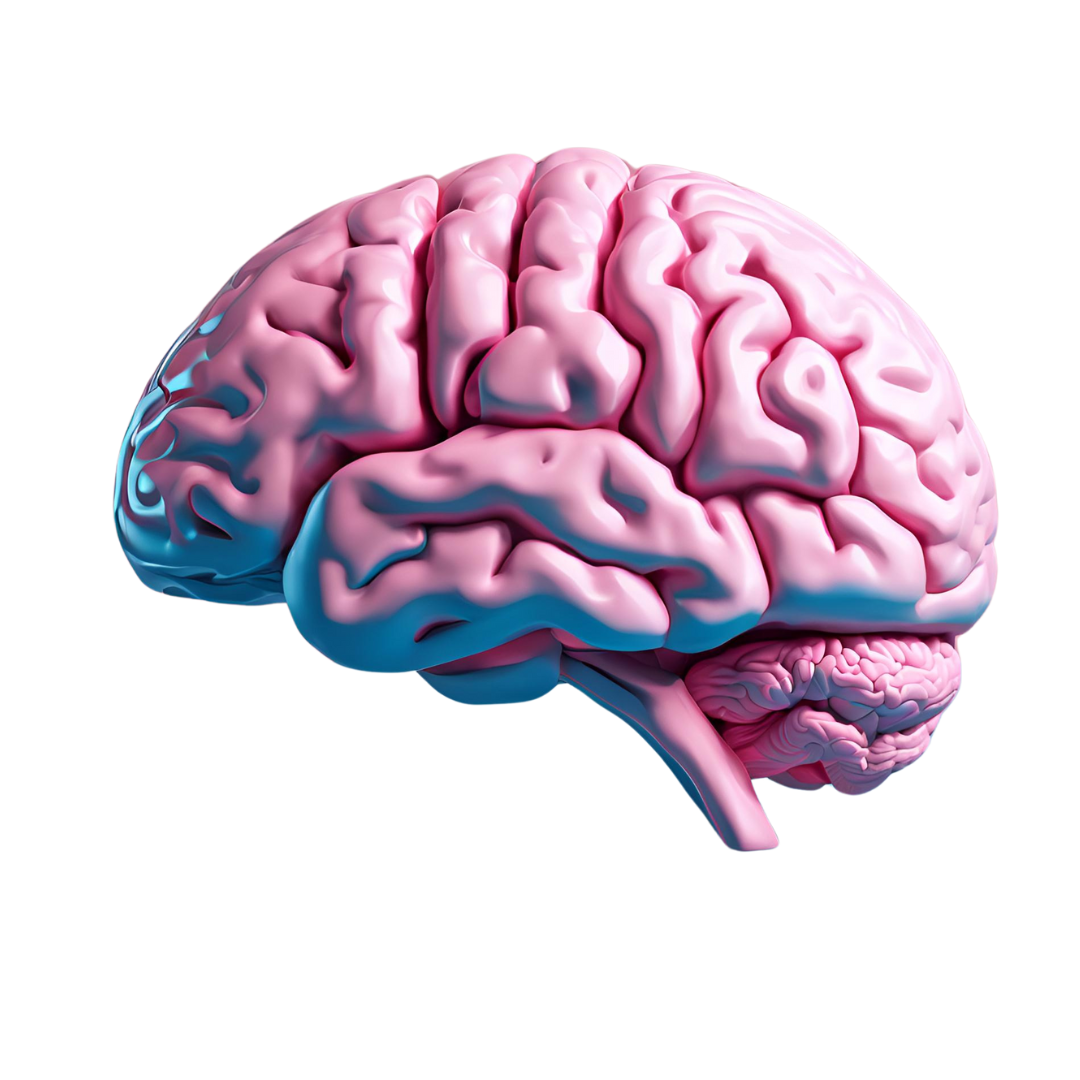
Ready to get started?
Covered by Major Insurance Companies
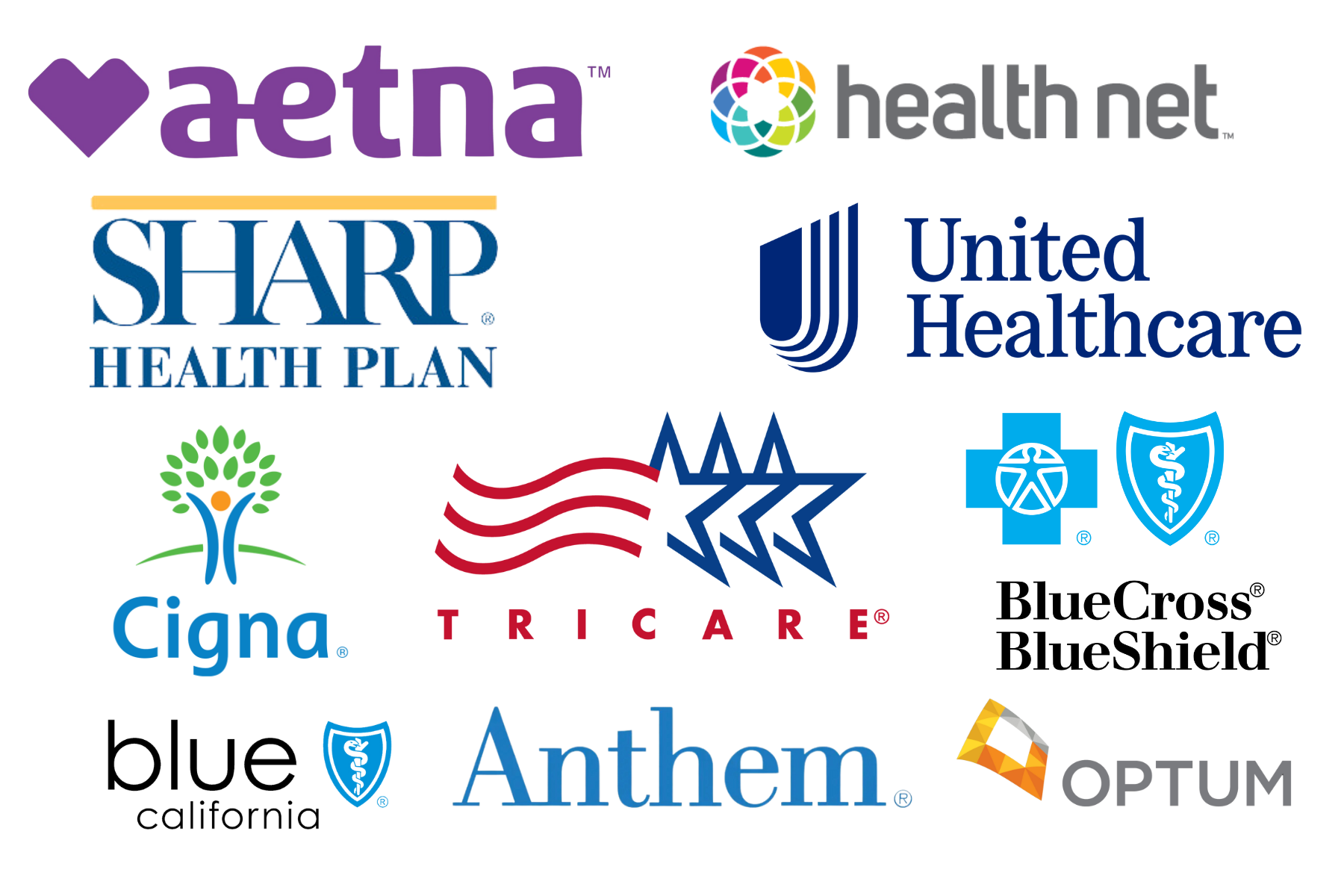
Transcranial Magnetic Stimulation Q&A
What is transcranial magnetic stimulation (TMS)?
TMS is a treatment that the So Cal Psychiatric Care team specializes in using for mental health disorders. It involves having a headpiece fitted with magnetic coils over your scalp as pulses of magnetic energy transmit into your brain.
TMS magnetic energy targets areas of the brain that slow down or become inactive when you have a psychiatric disorder. It’s an FDA-approved therapy for treatment-resistant depression, but it can also help with other mental health conditions like anxiety and obsessive-compulsive disorder (OCD).
You could be a candidate for TMS if you have depression or another illness that hasn’t responded to antidepressant medication and psychotherapy.
How does TMS help with depression?
Depression is a disabling condition that causes symptoms such as:
Low self-esteem
Loss of interest in normally enjoyable activities
Lethargy or lack of energy
Irritability
Physical pain without a clear cause
Appetite changes
Disturbed sleep patterns
These symptoms can be so impairing that they impact every aspect of your daily life, affecting your relationships and decision-making abilities. Depression frequently causes difficulties with studying, working, and personal growth.
Most people with depression don’t have enough neurotransmitters like dopamine and serotonin in their brain. This deficiency causes the reduced brain activity that’s responsible for the symptoms of depression and other mental health disorders.
TMS stimulates an increase in neurotransmitter production and the creation of new connections between the neurons (nerve cells) in your brain. This helps to improve your mood and reduce symptoms of conditions like depression.
What happens when I have TMS?
TMS is non-invasive, painless, and doesn’t require sedation or anesthesia. You simply sit in a treatment chair while the So Cal Psychiatric Care team gently fits the TMS headpiece onto your head.
They adjust the fitting so the magnetic energy targets exactly the right place in your brain (usually toward the front). The team also ensures the energy levels are right for you, then turns on the magnetic pulses.
You’ll probably hear a tapping sound and feel the sensation in your head as the magnetic pulses enter your brain, but the process shouldn’t be painful. Some patients develop a mild headache after TMS, but this should soon disappear.
You may need to attend regular TMS sessions at So Cal Psychiatric Care for optimal effects. A typical schedule would be five weekly treatments for four to six weeks.
To find out how you could benefit from transcranial magnetic stimulation, call So Cal Psychiatric Care or book an in-person or telehealth appointment online today.
Business Hours
Mon: 9am - 6pm
Tues: 9am - 6pm
Wed: 9am - 6pm
Thurs: 9am - 6pm
Fri: 9am - 6pm
Sat/Sun: Closed
